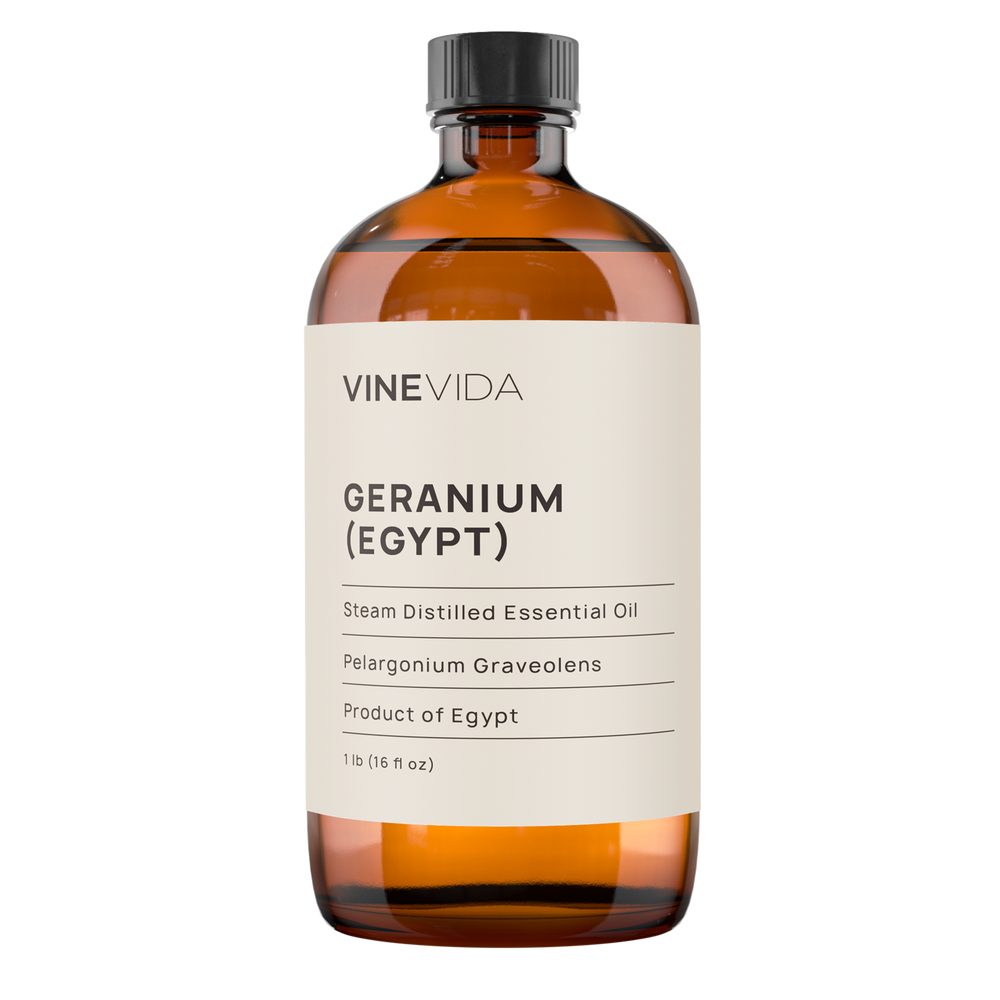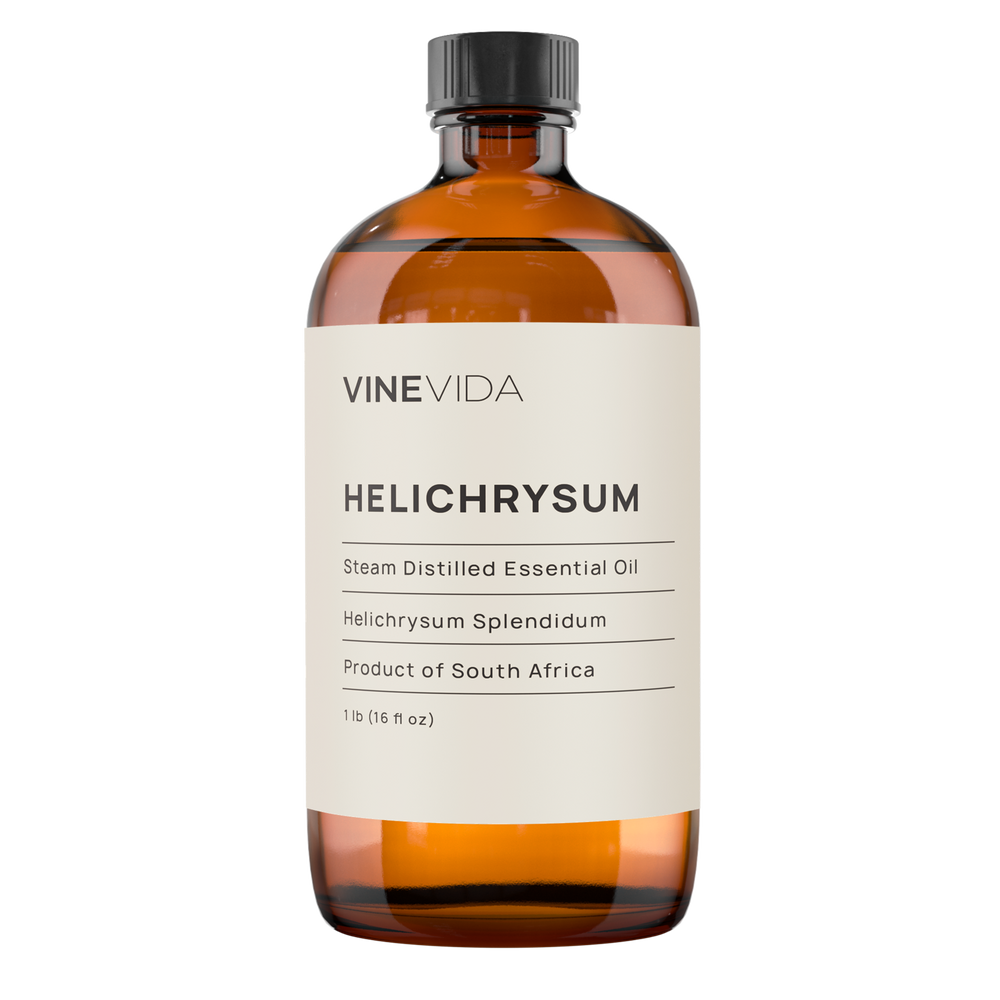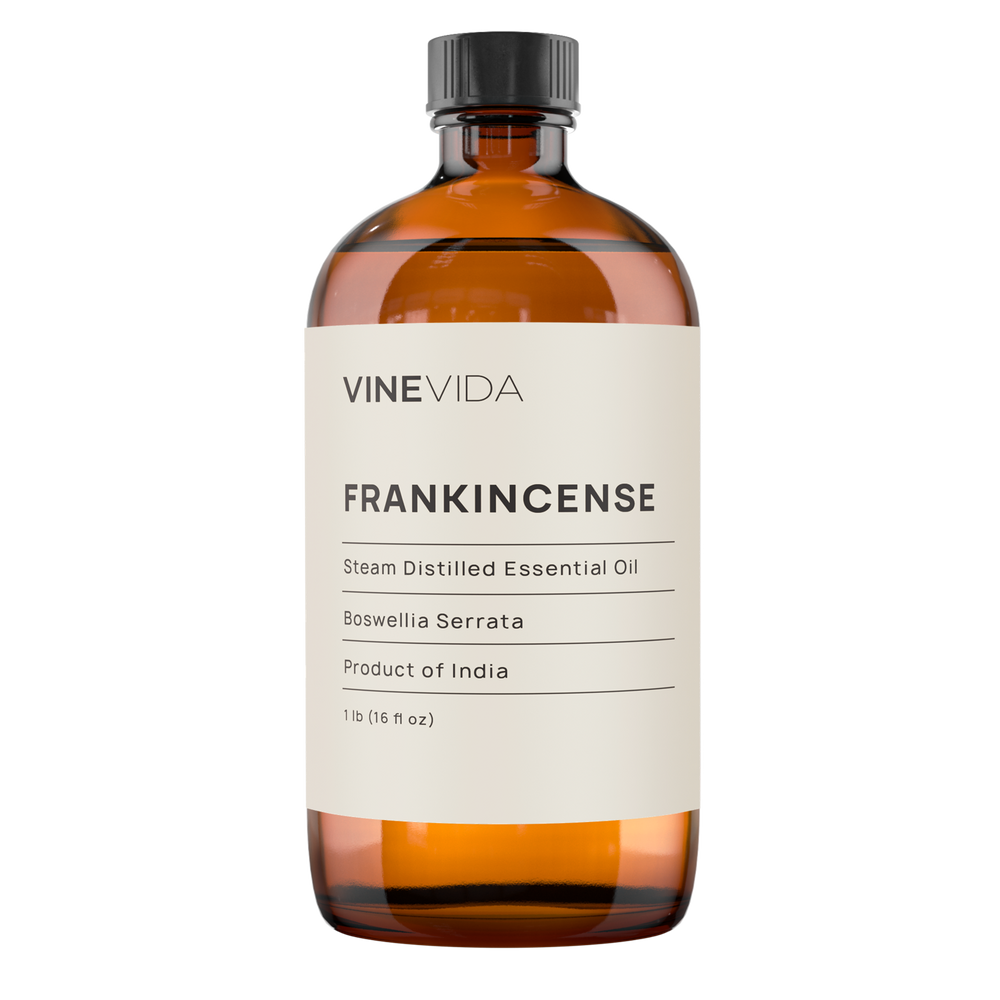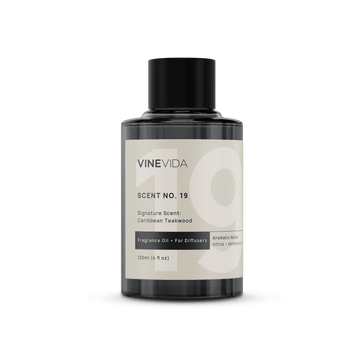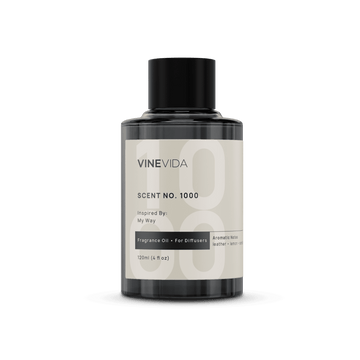I was prompted to write this piece after visiting a dermatologist last week and they were advertising vein removal in the waiting room. The surgery was costly, but if the photos on the posters were anything to go by the results are very impressive. However, these poor people’s legs were in a terrible state. For most of us though, a few raised veins are par for the course as we age, and there are some excellent ways to use essential oils for varicose veins. In this article, we’ll cover crucial oils for varicose veins how to choose appropriate bases and carrier oils, and also how to apply them to improve the appearance and soothe the itching that can sometimes accompany varicose veins. So while I cannot promise effects like those achieved by surgery I’d expect these oils to improve the surface and appearance of your legs.
You should never massage over varicose veins because it puts undue pressure on the blood vessel walls, so when essential oils for varicose veins are best added into creams that can be lightly rubbed in. In most cases, this will be a light moisturizer or in the case of varicose eczema (which we’ll talk more about later) ointments can be useful because they reduce itching.
What Do Varicose Veins Look Like?
Varicose veins are enlarged, twisted veins that usually appear on the legs and feet. They are caused by a dysfunction in the architecture of the circulatory system.
What Causes Varicose Veins
Blood is pumped around the body by the heart. However, blood also needs to find its way back to the heart to be reoxygenated. The veins in the legs have to fight gravity to do so; ninety percent of the blood going back to the heart travels through the deeper veins of the legs. These rely on muscular support to do this.
Superficial veins (on the surface) don’t have as many muscles to support them so rely on valves to propel the fluids. These valves open then they close again once the blood passes through them a little like a canal lock operates. So if these valves become weak, fluid can backflow pool. This then pushes the vein up to the surface of the skin to create a varicose vein. While they are most usually considered to be an unsightly cosmetic problem, varicose veins can also lead to more serious health issues if they are left untreated.
Factors Influencing the Development of Varicose Veins
There is certainly a genetic disposition to varicose veins, as your chances of developing them are much higher if a relative has them. Women are twice as likely as men to develop them, but also more likely to ask for help with them as they see them as more bothersome than men do.
While men's and women’s veins are not that genetically similar hormones will affect blood flow, A woman’s blood volume will increase by around 40% in the first trimester of pregnancy. Fluctuations in estrogen and progesterone also affect venous pressure. (Raffetto, 2010) Thus being pregnant and going through menopause can both put pressure on the veins, as do monthly menstrual changes.
Being overweight means that the veins also need to work harder to send blood back to the heart. If there is increased pressure on valves, they can become more prone to leaking. The impact of being overweight on whether one develops varicose veins is seemingly more significant in women. Losing weight can lessen the pressure on varicose veins, improve their appearance, and reduce pain.
Age causes wear and tear on the veins, and having a job that involves standing for long periods can obviously also force the veins to work harder.
Some other medical conditions can also make varicose veins worse.
Top Five Essential Oils for Varicose Veins
Geranium
Top of the list of essential oils for varicose veins is geranium. Containing anti-inflammatory constituents, (Boukhatem, 2013) geranium helps reduce swelling and discomfort associated with varicose veins. Citronellol and geraniol support healthy circulation and also soothe the itching caused by varicose eczema.
Varicose eczema is also very prone to breaking due to scratching, as such can be a source of infection too. Geranium has powerful antibacterial and antifungal properties that support healthy healing of wounds. (Sienkievic, 2014).
Safety: Not suitable for use in the first 16 weeks of pregnancy.
Cypress
Julia Lawless cites Cypress essential oil as supporting healthy circulation. (Lawless, 1992) Varicose veins can often make your legs feel healthy and lethargic so Cypress oil can be helpful as it is so invigorating and refreshing.
Valerie Ann Worwood suggests diluting 15 drops and geranium and 5 drops of cypress into vegetable oil to stroke into varicose veins (Worwood, 1990). To stress, massaging is not an appropriate use for essential oils for varicose veins. Simply stroke in the blend towards the heart. (Ref:)
Safety: Not suitable for use in the first 16 weeks of pregnancy.
Black Pepper
Most spices are too strong to use in any reasonable dilution to affect circulation. Black pepper is warming and refreshing and has the advantage of being a stimulant without irritating the skin.
Safety: Not suitable for use in the first 16 weeks of pregnancy.
Helichrysum
Helichrysum is an overall tonic and can be used not only to fortify the system but also to support healthy skin healing.
This comes high on the list of essential oils for varicose veins because of a new discovery about collagen. It has been suggested that a deficiency in collagen proteins may also contribute to some varicose veins as tissues struggle with a lack of elasticity. (Kocarslan, 2022) Part of Helichrysum’s success in tissue regeneration may be down to how it is able to encourage new production of collagens (Serra, 2024).
Safety: Not suitable for use in the first 16 weeks of pregnancy.
Frankincense
Frankincense essential oil restores tissue elasticity. It is cooling and soothing, as well as guarding against dryness over the skin surface.
Carrier Oils To Enhance Essential Oils For Varicose Veins
Consider using essential oils for varicose veins in a simple grapeseed oil carrier oil and adding a few drops of the following oils to improve the blend further. Simply stroke the blend over the legs, lightly, towards the heart. Alternatively, add a small amount of carrier oil to your ointment or massage oil blend.
Calendula
Calendula is a powerful skin healer, particularly in eczematous conditions. Carotenoids affect skin healing, whereas flavonoids inhibit collagen degradation and have an anti-inflammatory effect. (Shahane, 2023).
Rosehip
Rosehip carrier is well recognized for its skin healing abilities, but perhaps more pertinently here, for its effects on scarring, (Belkhelladi, 2023) which may be of concern after vein removal.
Hemp Seed
Hemp seed oil contains omega-6 fatty acids which have anti-inflammatory properties. Again, this would be a good choice to soothe varicose eczema. (Zarouki, 2024).
Top Tip for Using Essential Oils for Varicose Veins!
The best help you can give the veins is to give them a rest. Why not apply your oils and get your feet up for half an hour a day?
DIY Recipe for Essential Oils for Varicose Veins Massage Oil
- 10ml Grapeseed Carrier Oil (Vitis vinifera)
- 10 drops Calendula Carrier Oil (Calendula officinalis)
- 3 drops Geranium Egypt Essential Oil (Pelargonium graveolens)
- 1 drop Cypress Essential Oil (Cupressus sempervirens)
- 1 drop Black Pepper Essential Oil (Piper nigrum)
Method of application: Stroke gently over the legs towards the heart. Apply twice daily as required.
Safety: Not suitable for use in the first 16 weeks of pregnancy.
DIY Recipe for Essential Oils for Varicose Veins Moisturizing Cream
- 2oz Aqueous Lotion (Available over the counter at the pharmacy)
- 15 drops Geranium Egypt Essential Oil (Pelargonium graveolens)
- 5 drops Cypress Essential Oil (Cupressus sempervirens)
- 3 drops Black Pepper Essential Oil (Piper nigrum)
Method of application: Stroke gently over the legs towards the heart. Apply twice daily as required.
Safety: Not suitable for use in the first 16 weeks of pregnancy.
Final word
Essential oils for varicose veins will never take the place of a surgical intervention if the veins are very bad. However oils like geranium, cypress, and black pepper support healthy circulation. Carrier oils such as calendula and helichrysum essential oil smooth and heal the skin. Raising the legs in the evening can also take pressure off the veins and be helpful.


